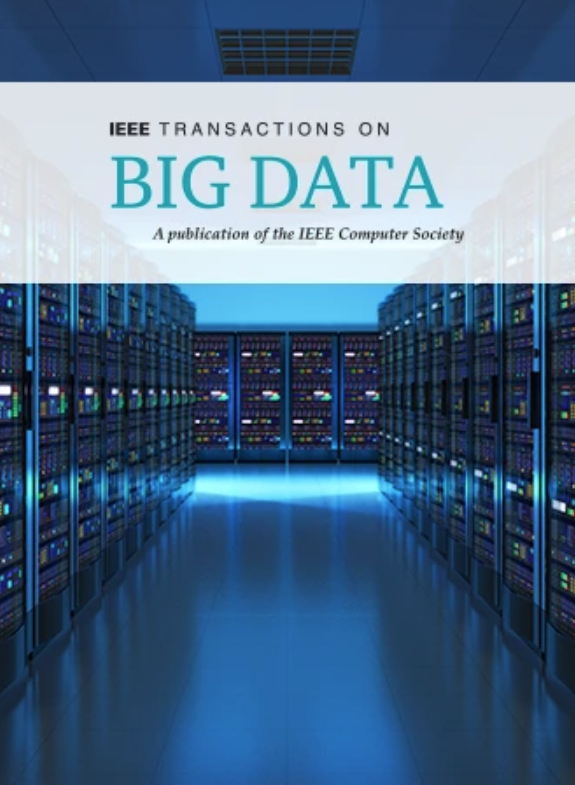基于可扩展学习的保社区图生成
IF 5.7
3区 计算机科学
Q1 COMPUTER SCIENCE, INFORMATION SYSTEMS
引用次数: 0
摘要
图生成在理解生物和社会网络等各个领域复杂网络结构的形成方面起着至关重要的作用。最近的研究转向使用深度学习方法来掌握图的拓扑结构。然而,大多数当前的图形生成器未能充分捕获社区结构,这是图形的一个关键和独特的方面。此外,由于效率低下和缩放困难,这些生成器通常仅限于较小的图。本文介绍了一种用于有效模拟图的保社区图对抗网络(CPGAN)。CPGAN利用编码器内的图卷积网络,并在生成过程中保持共享参数,以封装社区结构数据并确保排列不变性。我们还提出了可扩展的社区保持图注意网络(SCPGAN),旨在增强我们模型的可扩展性。SCPGAN通过使用自我图采样方法和短管道自动编码器框架,大大减少了推理和训练持续时间,以及GPU内存使用。在六个真实世界的图形数据集上进行的测试表明,与前沿基线相比,CPGAN在效率和模拟质量之间取得了有益的平衡。此外,SCPGAN在模型效率和可扩展性方面取得了重大进展,成功地将生成的图的大小增加到1000万个节点级别,同时保持了与其他高级学习模型相当的质量。本文章由计算机程序翻译,如有差异,请以英文原文为准。
Scalable Learning-Based Community-Preserving Graph Generation
Graph generation plays an essential role in understanding the formation of complex network structures across various fields, such as biological and social networks. Recent studies have shifted towards employing deep learning methods to grasp the topology of graphs. Yet, most current graph generators fail to adequately capture the community structure, which stands out as a critical and distinctive aspect of graphs. Additionally, these generators are generally limited to smaller graphs because of their inefficiencies and scaling challenges. This paper introduces the Community-Preserving Graph Adversarial Network (CPGAN), designed to effectively simulate graphs. CPGAN leverages graph convolution networks within its encoder and maintains shared parameters during generation to encapsulate community structure data and ensure permutation invariance. We also present the Scalable Community-Preserving Graph Attention Network (SCPGAN), aimed at enhancing the scalability of our model. SCPGAN considerably cuts down on inference and training durations, as well as GPU memory usage, through the use of an ego-graph sampling approach and a short-pipeline autoencoder framework. Tests conducted on six real-world graph datasets reveal that CPGAN manages a beneficial balance between efficiency and simulation quality when compared to leading-edge baselines. Moreover, SCPGAN marks substantial strides in model efficiency and scalability, successfully increasing the size of generated graphs to the 10 million node level while maintaining competitive quality, on par with other advanced learning models.
求助全文
通过发布文献求助,成功后即可免费获取论文全文。
去求助
来源期刊

IEEE Transactions on Big Data
Multiple-
CiteScore
11.80
自引率
2.80%
发文量
114
期刊介绍:
The IEEE Transactions on Big Data publishes peer-reviewed articles focusing on big data. These articles present innovative research ideas and application results across disciplines, including novel theories, algorithms, and applications. Research areas cover a wide range, such as big data analytics, visualization, curation, management, semantics, infrastructure, standards, performance analysis, intelligence extraction, scientific discovery, security, privacy, and legal issues specific to big data. The journal also prioritizes applications of big data in fields generating massive datasets.
 求助内容:
求助内容: 应助结果提醒方式:
应助结果提醒方式:


